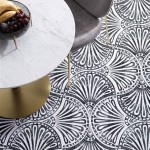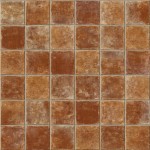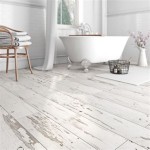Laminate flooring underlay is a necessary component of any laminate flooring installation. It acts as a cushion between the subfloor and the laminate flooring, helping to reduce noise, prevent moisture damage, and provide a more comfortable walking surface. Understanding the different types of underlayment available and the benefits they offer can help ensure a successful installation.
Types of Laminate Flooring Underlay
The most common type of underlayment is foam. This is usually made of polyethylene or polypropylene, and is available in different thicknesses and densities. Foam underlay offers noise reduction, moisture protection, and some cushioning. Some foam underlays may also contain a moisture barrier, which is useful in areas prone to high humidity. This type of underlay is relatively inexpensive and easy to install.
Cork underlay is another popular option. It offers superior soundproofing and a comfortable walking surface, but it is more expensive than foam. Cork also has better thermal insulation, which can help reduce energy costs in colder climates. It is also more environmentally friendly than foam, as it is renewable and biodegradable.
Felt underlay is another option. It is usually made of polyester or wool, and provides good soundproofing, moisture protection, and cushioning. It is often used in areas with high humidity, as it is resistant to mold and mildew. Felt is more expensive than foam and cork, but it is also more durable and lasts longer.
Benefits of Laminate Flooring Underlay
The main benefit of underlay is soundproofing. Laminate flooring can be quite noisy, especially in apartments or other shared living spaces. Underlay can help reduce this noise and make it more comfortable to walk on. It also provides insulation, which can help reduce energy costs in colder climates.
Underlay can also help protect against moisture damage. Laminate flooring is prone to warping and buckling if it is exposed to moisture. Underlay can help protect the floor by absorbing and redirecting moisture away from the subfloor. Some types of underlay also have a moisture barrier, which can be particularly beneficial in areas prone to high humidity.
Finally, underlay offers some cushioning and comfort. Laminate floors can be hard and uncomfortable to walk on, but underlay can help make them more comfortable. It also helps to reduce fatigue and make it easier to stand for long periods of time.
Conclusion
Laminate flooring underlay is an important component of any laminate flooring installation. It helps to reduce noise, protect against moisture damage, and provide cushioning and comfort. There are several different types of underlay available, each with their own unique benefits. Knowing the benefits of each type can help ensure a successful installation.




/laying-laminate-flooring-170236773-58238ada3df78c6f6ad4bd8d.jpg)

/Laminate-floor-install-GettyImages-154961561-588816495f9b58bdb3da1a02.jpg)

/laying-laminate-flooring-5c36643946e0fb0001102b5b.jpg)





Related Posts









